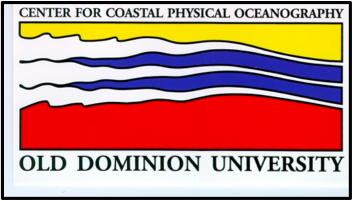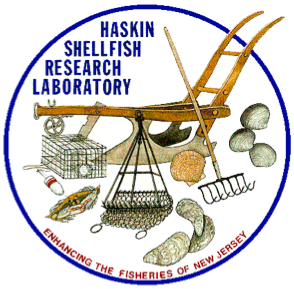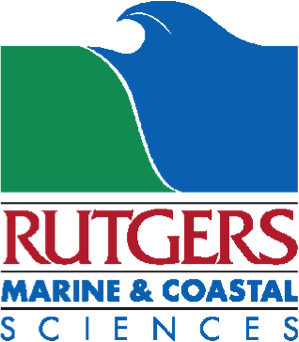RCN Marine Disease Modeling and Transmission Workshop
May 11-15, 2015
Center for Coastal Physical Oceanography
Old Dominion University
Norfolk, Virginia 23529
Example solution for single species, multi-population model (abalone3a)
This model looks at the movement of infectious particles between subpopulations that will cause remote infections to develop.
The circulation pattern is to have eastward flow in the south and westward flow in the north. There is northward flow in the eastern populations and southward flow in the western populations. There is no east/west exchange in the center so infectious particles are not transported to the two populations in the center of the grid.
|
![[Ab3aNum.png]](Ab3aNum.png)
|
||||||||||||||||||||||||||
| The time history of the susceptible population in each subpopulation is displayed in a spacially oriented grid. The initial infection is in population (1,1) which is the lower left corner. The infection progresses counterclockwise through the subpopulations but does not affect the two subpopulations in the center. |
![[Ab3aSgrid.png]](Ab3aSgrid.png)
|
||||||||||||||||||||||||||
| The time history of the infected population in each subpopulation is displayed in a spacially oriented grid. The time progression of the infection is clearly shown as starting in the lower left and progressing counterclockwise. |
![[Ab3aIgrid.png]](Ab3aIgrid.png)
|
||||||||||||||||||||||||||
| The time history of the infectious particle concentration in each subpopulation is displayed in a spacially oriented grid. The particle concentration has a similar progression counterclockwise from the lower left subpopulation. |
![[Ab3aPgrid.png]](Ab3aPgrid.png)
|





